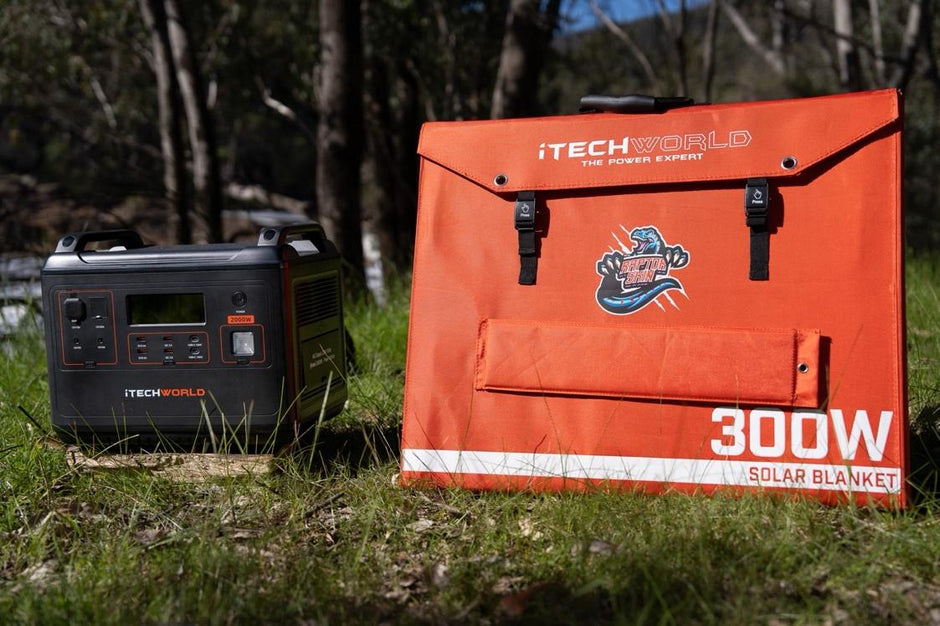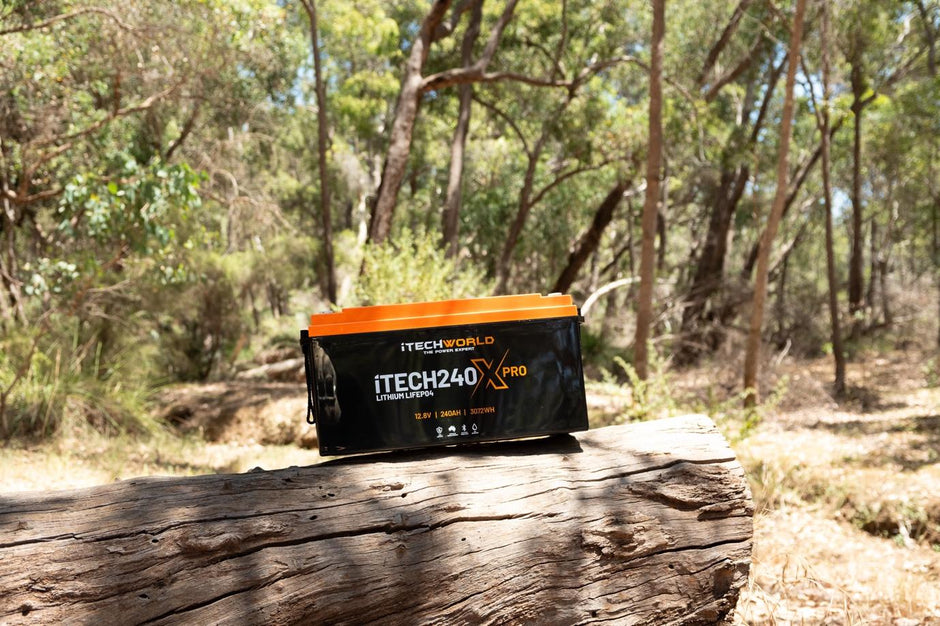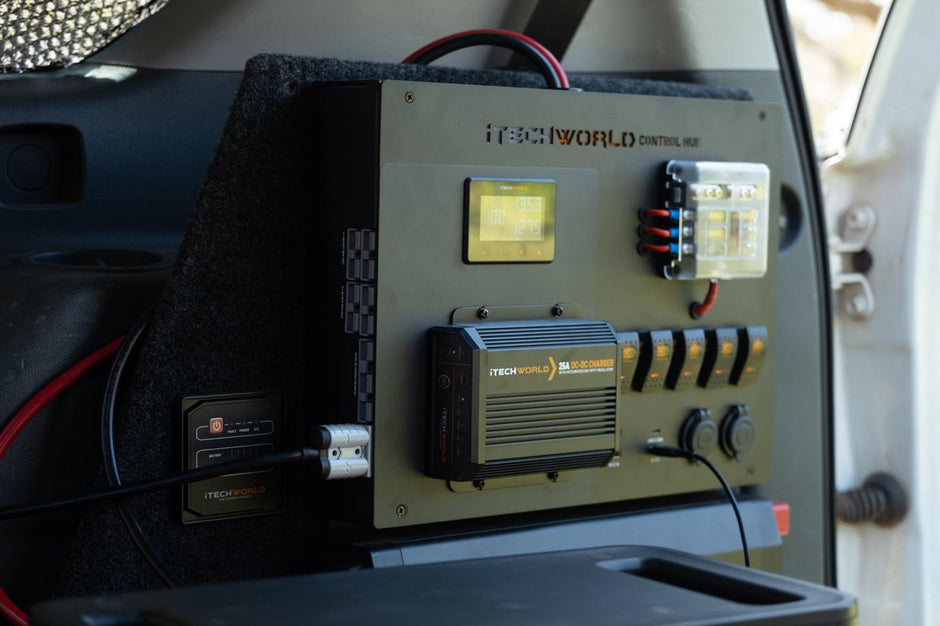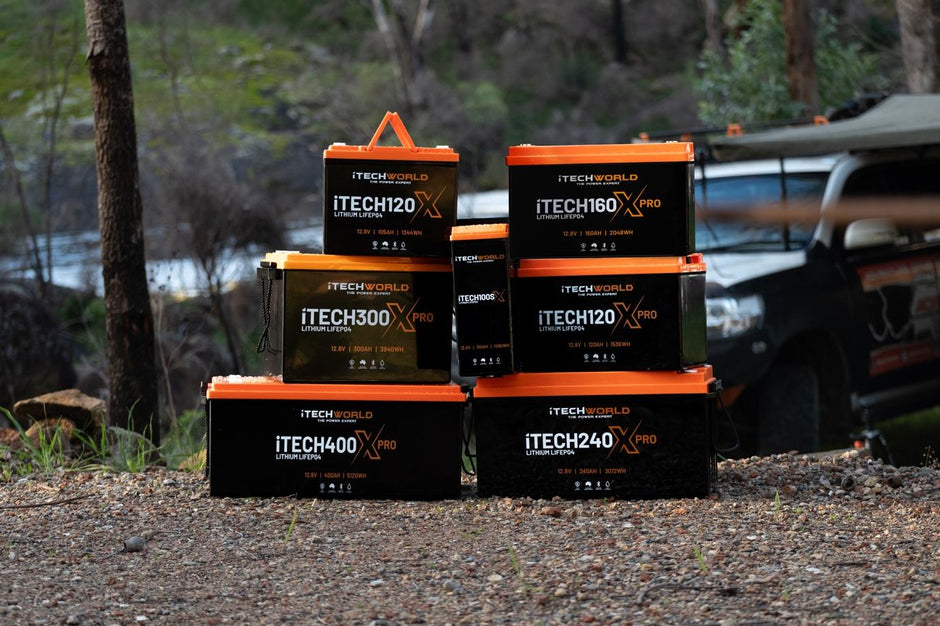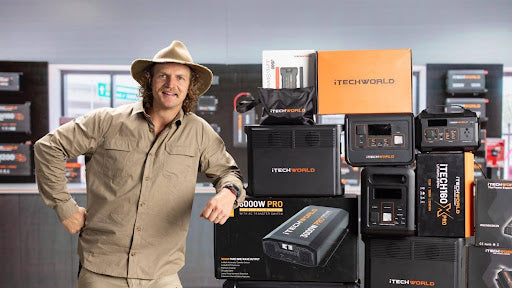A bonded neutral inverter is connected to the earth ground, making the neutral line and the ground line one and the same. This creates a low-resistance path for fault currents to flow to the ground. In contrast, a floating neutral inverter is not connected to the earth ground, and the neutral line floats with respect to the ground line. This means that the neutral line may carry some voltage with respect to the ground line.
Testing Voltage on a Floating Neutral Inverter:
Testing the voltage on a floating neutral inverter requires a bit of caution, as the voltage on the neutral line may not be zero with respect to the ground line. The correct way to test the voltage on a floating neutral inverter is to use a true RMS voltage meter, which can accurately measure AC voltage with a varying waveform. The voltage meter should be set to measure the voltage between the neutral and ground lines, and the result should be within the acceptable range of 0-2 volts.
Connecting an RCD and ATS to a Floating Neutral Inverter:
All iTechworld inverters are floating neutral, and it is essential to connect them correctly to ensure safe operation. When connecting an RCD (Residual Current Device) to a floating neutral inverter, the RCD should be connected between the inverter's output and the load, not between the inverter's output and the ground. This will protect the load from leakage currents and ensure that the RCD operates correctly.
Similarly, when connecting an ATS (Automatic Transfer Switch) to a floating neutral inverter, the ATS should be connected between the inverter's output and the load, not between the inverter's output and the ground. This will ensure that the ATS switches the load between the inverter and the mains supply correctly and safely.
We hope this information has been helpful in understanding the difference between a bonded neutral inverter and a floating neutral inverter, and how to test the voltage correctly on a floating neutral inverter. If you have any further questions, please do not hesitate to contact us.
Need more information? Contact our friendly team at service@itechworld.com.au!



